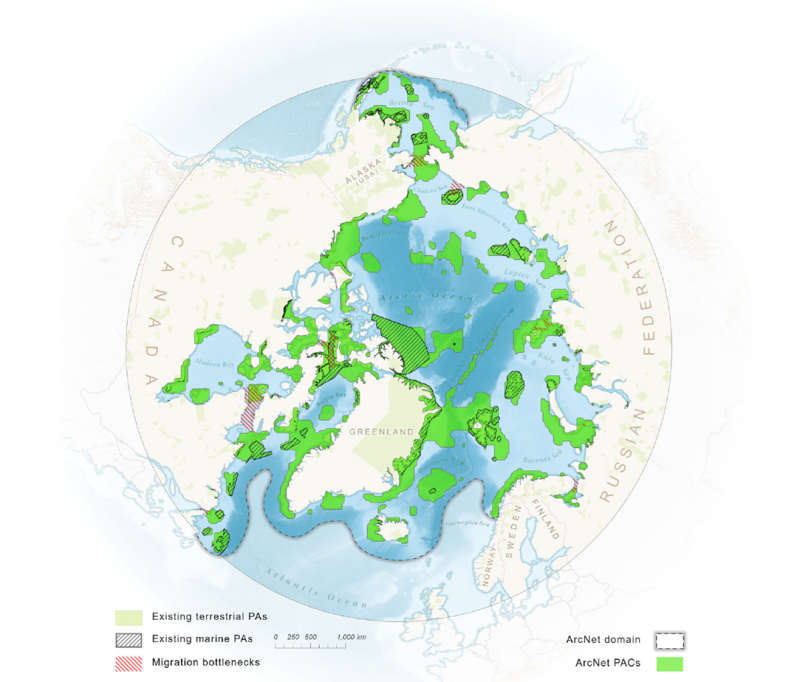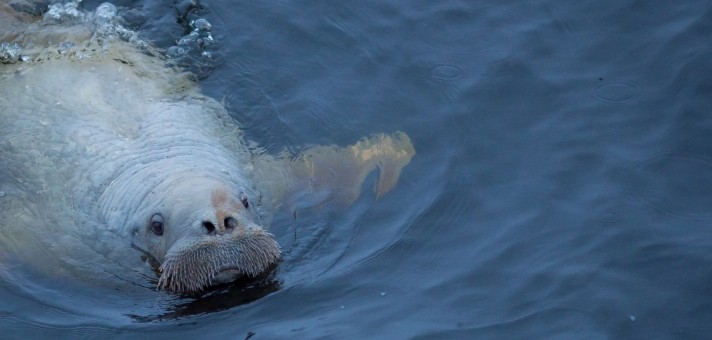Urgent action at all levels of governance and society is needed to halt global biodiversity loss. In the Arctic Ocean and adjacent seas - where climate change is progressing rapidly, anthropogenic pressures are intensifying, and further expansion of human activities is anticipated - biodiversity conservation presents particularly acute challenges. While growing societal and scientific pressure has led most nations to commit to ambitious nature protection goals, these targets are unlikely to be achieved without approaches that enable inclusive and equitable integration of conservation and sustainable ocean use.
A study published in "npj Ocean Sustainability" (a "Nature Partner Journal") presents work by a large research consortium including scientists from Institute of ecology and evolution A.N. Severtsov RAS, Zoological Institute RAS, Institute of Geography RAS, Shirshov Institute of Oceanology RAS, All-Russian Research Institute of Environmental Protection and Murmansk Marine Biological Institute RAS (Ph.D. Oleg Karamushko).
The paper proposes creating the ArcNet (Arctic Ocean Network of Priority Areas for Conservation) - a system of marine priority conservation areas. This pan-Arctic network aims to facilitate comprehensive marine environmental protection across the region. The network design incorporated over 800 spatial data layers documenting the distribution of biodiversity components across Arctic marine ecosystems. Taxon-specific experts developed these layers for individual species or groups of animals and plants. The network was designed to incorporate existing marine protected areas while identifying new conservation priorities.
The study details the application of the Marxan spatial planning tool and specific criteria used at each implementation stage. The analysis identified 83 priority marine conservation areas spanning 5.9 million km².

The "ArcNet" system can be adapted for integration of new data and developing both local and global biodiversity conservation measures.








